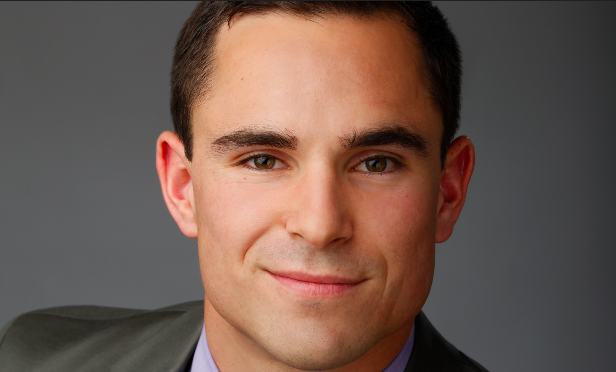Local municipalities are rolling out cannabis regulations. National City in San Diego, for example, is drafting an ordinance that would allow marijuana production and sales, and Encinitas, Imperial Beach and Solana Beach, are likely to vote on ballot initiatives in 2020 that would allow both marijuana production and sales. The state is also working on a bill to allow banks in the state to apply for charters to handle marijuana transactions, which are prohibited by federal banking regulations and currently force the industry to operate on a cash basis. While new regulations will allow cannabis usage, local municipalities are also looking to separate cannabis companies from the general public.
"Municipalities want to create a clear separation between cannabis manufacturing/cultivation and dispensaries and the general public, especially places where children can be found such as schools, parks, churches, residential areas, and thus the approval process for these potential facilities is designed with this in mind," Paul Britvar, director at Newmark Knight Frank, tells GlobeSt.com. "Due to the fire risk and odors, industrial submarkets are the ideal locations to achieve minimum exposure to children and the general public, which is why the effects of the cannabis industry have been so evident in the industrial realm."
San Diego is also looking to add more dispensaries. "At this time there are lobbying efforts to push approvals through for more dispensaries, which is expected to pass in San Diego County. Additionally, there are many incorporated municipalities that have not yet approved cannabis dispensing or cultivating/manufacturing, which is likely to happen in the future," says Britvar. "However it depends on the politics of each area. Over the next few years the cannabis wave is likely to continue being welcomed into most cities and municipalities in Southern California and will bring with it higher rents, and more demand for industrial buildings and select retail options for dispensing purposes."
However, cannabis has some challenges as well. "At the same time, cannabis manufacturing and cultivation uses demand extensive power capacity, have expensive tenant improvements that can include air handling, water systems, lights, and electrical demising work," says Britvar. "Moreover, odors can sometimes travel to nearby buildings, which is undesirable to neighbors. They also bear a high risk of fire hazard concern, and the exterior of many cannabis operations become an issue because the manufacturers have no visitors and thus the upkeep of the building exterior becomes a back-burner consideration."
Cannabis uses can also pose risk to landlords, particularly due to some of the inherent risk. "Cannabis operators who are unsuccessful or who shut down leave the buildings in an unusable condition post-occupancy causing landlords hundreds of thousands of dollars in repair if their lease was not situated appropriately to protect them against such risk," says Britvar.
© Touchpoint Markets, All Rights Reserved. Request academic re-use from www.copyright.com. All other uses, submit a request to [email protected]. For more inforrmation visit Asset & Logo Licensing.







